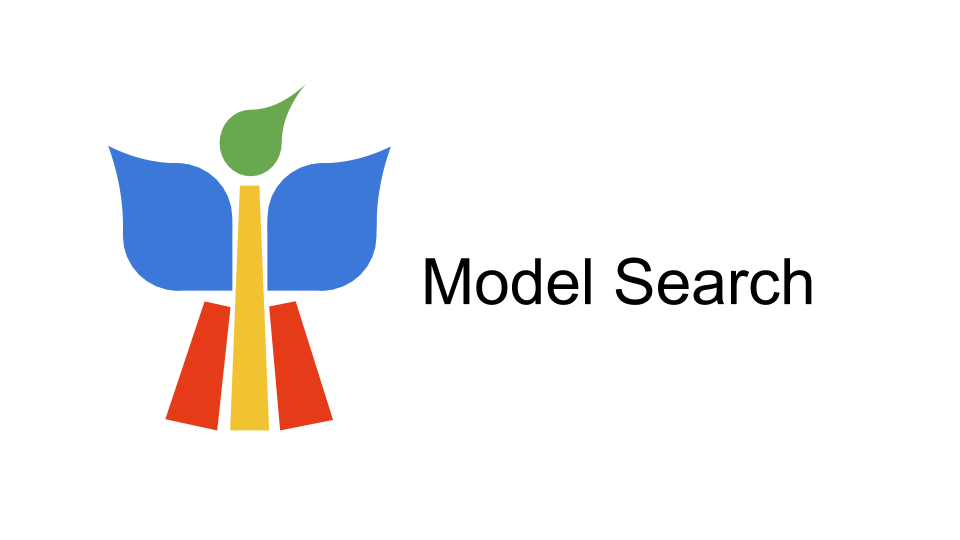deep-table
deep-table implements various state-of-the-art deep learning and self-supervised learning algorithms for tabular data using PyTorch.
Design
Architecture
As shown below, each pretraining/fine-tuning model is decomposed into two modules: Encoder and Head.
Encoder
Encoder has Embedding and Backbone.
- Embedding makes continuous/categorical features tokenized or simply normalized.
- Backbone processes the tokenized features.
Pretraining/Fine-tuning Head
Pretraining/Fine-tuning Head uses Encoder module for training.
Implemented Methods
- Revisiting Deep Learning Models for Tabular Data
- TabTransformer: Tabular Data Modeling Using Contextual Embeddings
- SAINT: Improved Neural Networks for Tabular Data via Row Attention and Contrastive Pre-Training
- VIME: Variational Information Maximizing Exploration
- Denoising Auto Encoder (kaggle)
Available Modules
Encoder - Embedding
- FeatureEmbedding
- TabTransformerEmbedding
Encoder - Backbone
- MLPBackbone
- FTTransformerBackbone
- SAINTBackbone
Model - Head
- MLPHeadModel
Model - Pretraining
- DenoisingPretrainModel
- SAINTPretrainModel
- TabTransformerPretrainModel
- VIMEPretrainModel
How To Use
Step 0. Install
python setup.py install
# Installation with pip
pip install -e .
Step 1. Define config.json
You have to define three configs at least.
- encoder
- model
- trainer
Minimum configurations are as follows:
from omegaconf import OmegaConf
encoder_config = OmegaConf.create({
"embedding": {
"name": "FeatureEmbedding",
},
"backbone": {
"name": "FTTransformerBackbone",
}
})
model_config = OmegaConf.create({
"name": "MLPHeadModel"
})
trainer_config = OmegaConf.create({
"max_epochs": 1,
})
Other parameters can be changed also by config.json if you want.
Step 2. Define Datamodule
from deep_table.data.data_module import TabularDatamodule
datamodule = TabularDatamodule(
train=train_df,
validation=val_df,
test=test_df,
task="binary",
dim_out=1,
categorical_cols=["education", "occupation", ...],
continuous_cols=["age", "hours-per-week", ...],
target=["income"],
num_categories=110,
)
Step 3. Run Training
from deep_table.estimators.base import Estimator
from deep_table.utils import get_scores
estimator = Estimator(
encoder_config, # Encoder architecture
model_config, # model settings (learning rate, scheduler...)
trainer_config, # training settings (epoch, gpu...)
)
estimator.fit(datamodule)
predict = estimator.predict(datamodule.dataloader(split="test"))
get_scores(predict, target, task="binary")
>>> {'accuracy': array([0.8553...]),
'AUC': array([0.9111...]),
'F1 score': array([0.9077...]),
'cross_entropy': array([0.3093...])}
If you want to train a model with pretraining, write as follows:
from deep_table.estimators.base import Estimator
from deep_table.utils import get_scores
pretrain_model_config = OmegaConf.create({
"name": "SAINTPretrainModel"
})
pretrain_model = Estimator(encoder_config, pretrain_model_config, trainer_config)
pretrain_model.fit(datamodule)
estimator = Estimator(encoder_config, model_config, trainer_config)
estimator.fit(datamodule, from_pretrained=pretrain_model)
See notebooks/train_adult.ipynb for more details.
Custom Datasets
You can use your own datasets.
- Prepare datasets and create
DataFrame - Preprocess
DataFrame - Create your own datamodules using
TabularDatamodule
Example code is shown below.
import pandas as pd
import os,sys; sys.path.append(os.path.abspath(".."))
from deep_table.data.data_module import TabularDatamodule
from deep_table.preprocess import CategoryPreprocessor
# 0. Prepare datasets and create DataFrame
iris = pd.read_csv('https://raw.githubusercontent.com/mwaskom/seaborn-data/master/iris.csv')
# 1. Preprocessing pd.DataFrame
category_preprocesser = CategoryPreprocessor(categorical_columns=["species"], use_unk=False)
iris = category_preprocesser.fit_transform(iris)
# 2. TabularDatamodule
datamodule = TabularDatamodule(
train=iris.iloc[:20],
val=iris.iloc[20:40],
test=iris.iloc[40:],
task="multiclass",
dim_out=3,
categorical_columns=[],
continuous_columns=["sepal_length", "sepal_width", "petal_length", "petal_width"],
target=["species"],
num_categories=0,
)
See notebooks/custom_dataset.ipynb for the full training example.
Custom Models
You can also use your Embedding/Backbone/Model. Set arguments as shown below.
estimator = Estimator(
encoder_config, model_config, trainer_config,
custom_embedding=YourEmbedding, custom_backbone=YourBackbone, custom_model=YourModel
)
If custom models are set, the attributes name in corresponding configs will be overwritten.
See notebooks/custom_model.ipynb for more details.







